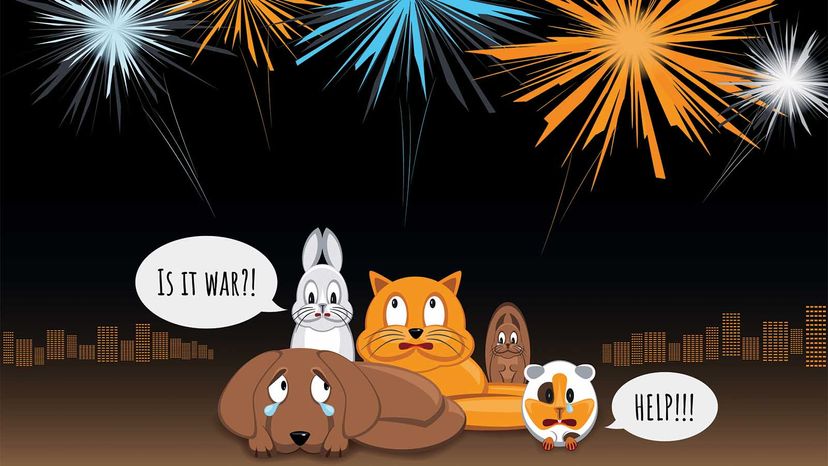
The Fourth of July can be miserable for dogs in the United States. Why? One word: fireworks. The loud celebrations can make scaredy-cats out of many canines.
That's because dogs, like humans, are hardwired to be afraid of sudden, loud noises. It is what keeps them safe. Some dogs, though, take that fear to the extreme with panting, howling, pacing, whining, hiding, trembling and even self-injury or escape. But, unlike humans, dogs don't know that the fanfare on the Fourth is not a threat. Dogs hear the fireworks and process it as if their world is under siege.
Advertisement
How a dog responds to noises may be influenced by breed. German shepherd dogs are more likely to pace, while border collies or Australian cattle dogs are more likely to show their fear by hiding.
While we veterinarians don't know exactly why some dogs are afraid of fireworks and others not, many dogs that react to one noise often react to others. Therefore, early intervention and treatment are essential in protecting the welfare of these terrified dogs.
Advertisement


